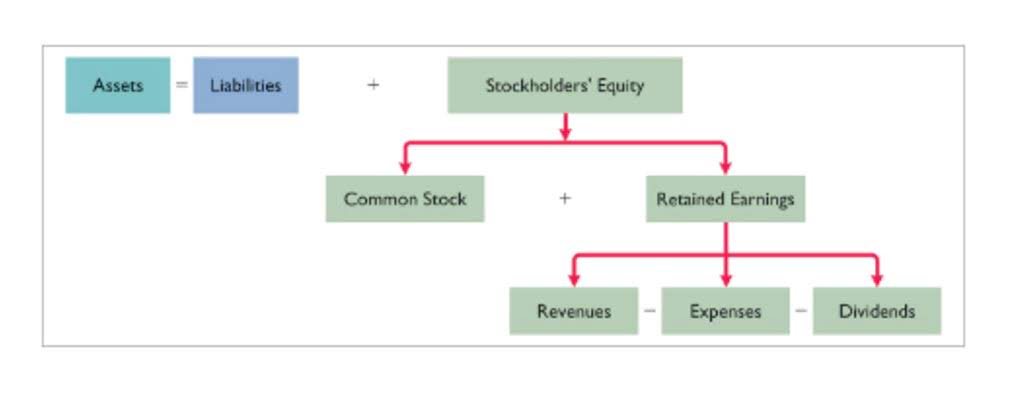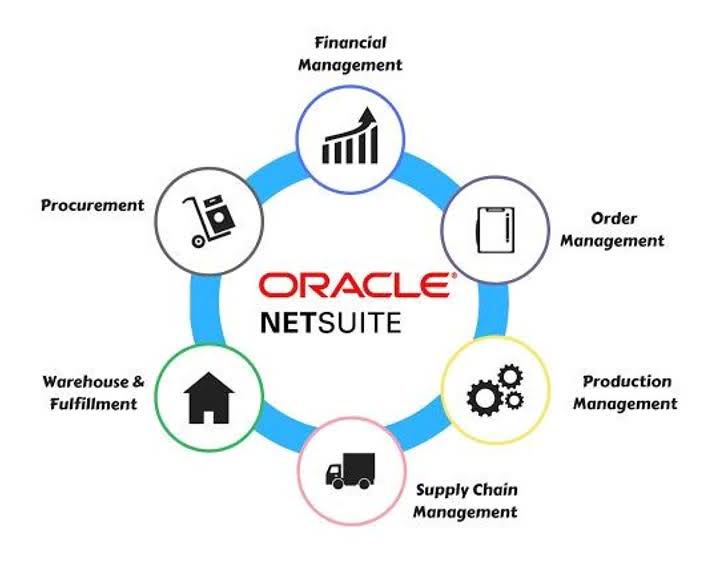
Your opening balance is not merely a figure in your financial statement; it’s a gateway to achieving your financial aspirations. It’s a marker of your financial journey’s commencement and offers numerous opportunities for strategic financial opening balance equity planning. Leveraging your opening balance effectively can set you on a path to financial success, regardless of your starting point.
EU VAT: Important information for online retailers
These refer to the fact that your opening balance is a figure brought forward from the previous accounting period. Your closing balance is the positive or negative amount remaining in an account at the end of an accounting period. Once all of the transactions you need to record for that period, whether cash or credit, are entered into your accounts, you are left with your closing balance. Some people starting a new business will have no opening balances to enter at all. In this post, we’ll talk about what your opening balance is and when and where to enter it into your contribution margin accounts.
Understanding Accounting Terms: Opening and Closing Balances
The balance can be a positive or negative figure, and can be a useful way of tracking a company’s performance across different periods. Many accounts in your financial records, such as your bank or individual suppliers, will have closing balances at the end of your accounting period. When you start a new period, make sure to carry closing balances forward to become opening balances. Personal finance and business management both rely heavily on budgeting and HVAC Bookkeeping planning. Your opening balance is the starting point for setting financial goals and creating a budget. Without a clear understanding of where you begin, it’s nearly impossible to map out a financial plan that’s realistic and achievable.
- The length of time that a company has been operating determines what should appear on the opening balance sheet.
- For example, if you’re starting a new period with a negative opening balance, you might need to reduce your spending for the next period.
- For example, if a retail business plans to expand its operations, it can analyze its opening balances to determine the funds available for investment and estimate the potential return on investment.
- Once all of the transactions you need to record for that period, whether cash or credit, are entered into your accounts, you are left with your closing balance.
- Inaccuracies in the data can stem from various sources, such as discrepancies in financial records, errors in data entry, or miscalculations during reconciliations.
- Whether you use accrual or cash flow accounting methods, financial statements can be generated on demand, whether it be for audit purposes or just for internal analysis.
What is the purpose of the Open Balance column on the Sales by Product/Service Detail report?

If you’ve just started a new business, or it’s your first time managing the accounts, you’re probably discovering a lot of unfamiliar terms. Invoicing software like SumUp Invoices is designed to simplify this process and make it easier to stay on top of your accounts by giving you the tools to enter income and track changes in your cash flow. On the other hand, an excess of total liabilities over total assets would result in booking a goodwill balance in the opening journal entry of the business. And depending on the nature of line items of the financial statements, the balances would either be on the credit side of the debit side of the ledger.
Services

In other words, the closing balance at the end of a particular financial year becomes the opening balance at the commencement of its subsequent financial year. The opening balance of any real account is the value of a particular class of account on the first day of the financial year. It represents the brought forward or opening amount of an asset, liability, or equity item from the preceding financial year. I need to pull a report which shows the customer, the product/service (or even class) and balance remaining on their invoices. If you’re looking for a more in-depth report that will display open balances for each of your customers, try running the Customer Balance Detail Report.
- I can see how it would serve a useful purpose for your needs, and I’d recommend submitting feedback about this to our product development team so we can consider it for future updates.
- Of course, for new businesses that are either about to launch or have only been trading for an extremely short period, the opening balance will be the first figures added to your accounting software.
- Contact the team at Big Red Cloud to find out more about how we can help ensure you’re using your opening and closing balance to get the answers and the insights you need.
- In summary, your opening balance isn’t just a number on a ledger; it’s the cornerstone of your financial journey.
- In other words, the closing balance of your previous accounting period will become the opening balance for the new accounting period.
The opening balance is the amount of funds in a company’s account at the beginning of a new financial period. It’s the first entry in the accounts, either when a company is first starting up its accounts or after a year-end. These real-life examples illustrate the practical applications of opening balances in different contexts. When transitioning from one accounting system to another, ensuring a seamless transfer of opening balances is essential. Migrating data accurately and ensuring alignment with the new system’s requirements can be complex.

- That could include money that you’ve received from a bank, angel investor, some other form of accessible funding, or simply the savings that you’re using to launch your business.
- In this post, we’ll talk about what your opening balance is and when and where to enter it into your accounts.
- With this info, you’ll be confident about what to do at the start or end of your financial period.
- It allows them to assess the assets, liabilities, and equity they possess, which is essential for strategic planning and evaluating the overall performance of the business.
- In simple terms, the ending (or) closing balance at the end of the month becomes the opening balance for the next month.
In this section, we’ll delve into the significance of your opening balance and why it deserves your full attention. According to the modern accounting approach, assets, liabilities and owner’s equity (capital) have opening balances. When an accounting year ends, the business has a closing balance, which it carries forward to the new financial year.